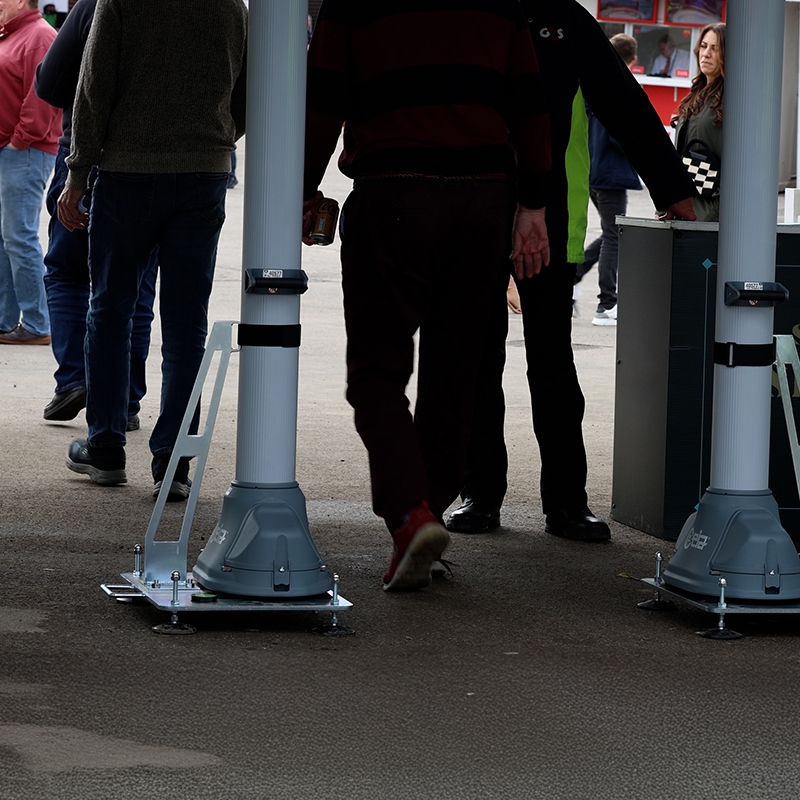
Protecting Every Person, Every Time
When crowds gather at sports grounds, stadiums, and arenas, safety is not just a legal obligation, it’s a moral responsibility. The Sports Ground Safety Authority (SGSA) outlines five foundational principles for ensuring the safety of all attendees. These principles not only guide venue operators but also shape the practices of suppliers, partners, and safety teams working behind the scenes.
At Ninehundred Communications Group, with over 45 years of experience in public safety and communications, we are proud to support these principles through tailored solutions that help venues meet the highest standards of safety, compliance, and crowd management.




























